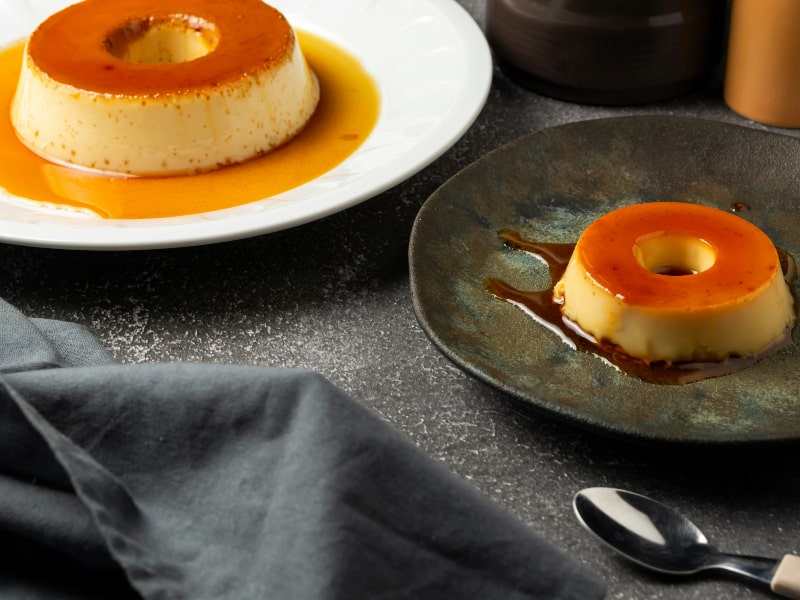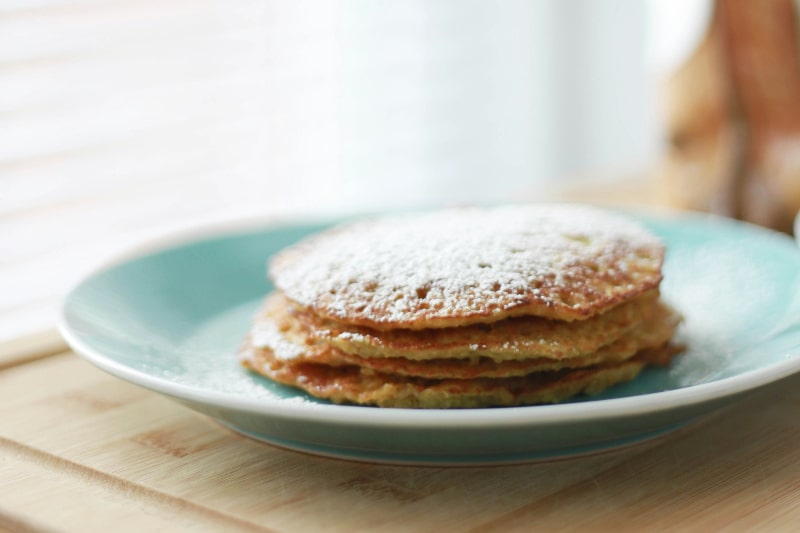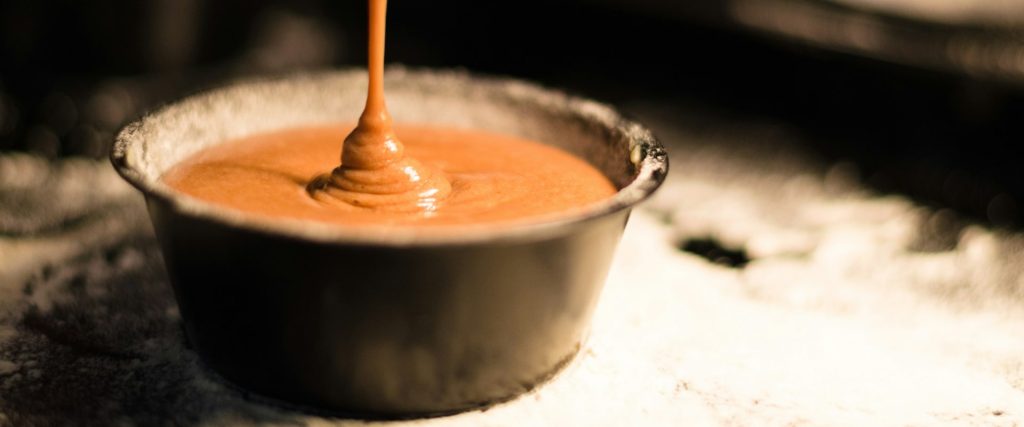Argentine cuisine has a distinctive character when it comes to sweets and desserts; every bite, be it a pudding, a cake, or a pastry, harkens back to the country’s history; indigenous, Spanish and immigrant, with dishes evolving and taking shape along with the nation.
There’s no doubt that dulce de leche, which one finds in an endless range of dishes, is one of Argentine desserts’ most distinctive ingredients: it accompanies flans and pancakes, is used as a filling in cakes and cookies, and is often simply guzzled by the spoonful by true fans. However, the Argentine dessert menu has much more to offer, such as cheese and quince or sweet potato jelly, flaky pastries, pastafrola tarts, Rogel cakes and Balcarce pudding, to name just a few iconic examples that are part of Argentina’s pastry DNA, dishes that anyone visiting will be sure to come across as they travel around the country.
Here, we introduce you to several desserts that are now, having stood the test of time, authentically Argentinian. The kind you can enjoy with mate, tea, coffee or, in many cases, with wine!
Membrillo, the other Argentine desserts
Cheese and jelly, tell me how you make it and I’ll tell you where you’re from
As Argentine as mate, cheese and jelly has always been a popular dish thanks to its simplicity and the delicious contrast of flavors on the palate. It’s said that a café in Palermo was the first to dub the dish “Vigilante” as it was a favorite of the police officers who stood guard on street corners. At first, you’d only find it in taverns and at home, no one regarded the dessert as something you’d order in a restaurant, where the stars were always frozen glasses of chocolate, wafer and cream.
Across the country, each region has its own version of cheese and jelly: in the north, it’s made with goat’s cheese and fig-leaf gourd jelly, in Patagonia it’s sheep’s cheese and red fruit jelly, while in the riverlands bitter orange preserve accompanies the freshly made cheese. In recent years, many chefs have seen the value of authentic local produce from across Argentina, fusing flavors from different regions to create modern versions of the classic dish.
Argentine desserts: a selection
Pastelitos fritos
These are the pastries traditionally made to celebrate national holidays and have become symbols of traditional festivals and local heritage. The fried pastry is filled with quince or sweet potato jelly and is a treat that dates back to the colonial era, when Spanish cuisine was combined with local ingredients. Crunchy and golden with a core that melts in your mouth, pastelitos pay homage to the country’s past and are especially enjoyed on patriotic holidays such as the 25th of May and the 9th of July, generally accompanied by mate.
Three argentine desserts with dulce de leche
Rogel
This wonderfully rich cake is one of Argentina’s great inventions. Extremely fine layers of crunchy pastry are interspersed with generous portions of dulce de leche and topped off by perfectly toasted Italian meringue. The story goes that it was invented by Rogelia Iglesias, a Spanish immigrant who lent her name to the cake now known as Rogel, which inevitably comes out at gatherings and celebrations. The key is getting the right balance between the pastry, the filling and the fluffy meringue to create an irresistibly sweet explosion of flavors.

Flan
Although it’s originally from Europe, flan is one of the most commonly found desserts at restaurants in Argentina, from simple taverns to fine dining. Often served with generous quantities of caramel, Chantilly cream and dulce de leche, flan has undergone one or two alterations in Argentina. The classic recipe calls for a smooth texture achieved through gentle, even cooking. However, in homemade versions, the technique can falter and bubbles might appear thanks to an overly fierce Bain Marie. It might look a little more rustic, but remains full of character and is just as delicious.

Pancakes
Another example of how Argentinians adapt recipes from overseas can be seen in pancakes. Kin to both the American pancake and the French crepe, they’re made with eggs, milk, flour and a few drops of vanilla essence and served with a generous dollop of dulce de leche before being rolled up like a canelone. Debates rage across the country over whether they’re best served cold, lukewarm or piping hot.
Each of these Argentine desserts is an important part of the national character and beyond their differences they all have one thing in common: a love of sweetness, savoring every spoonful and the certainty that food helps us to build and maintain our traditions and memories.



